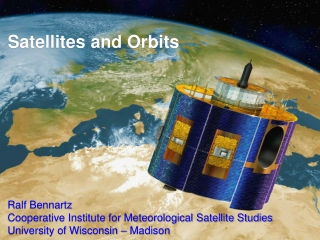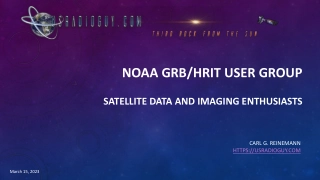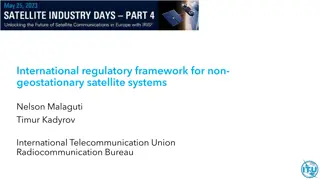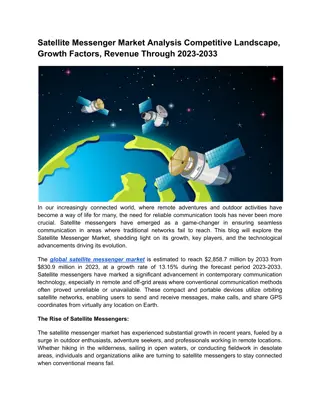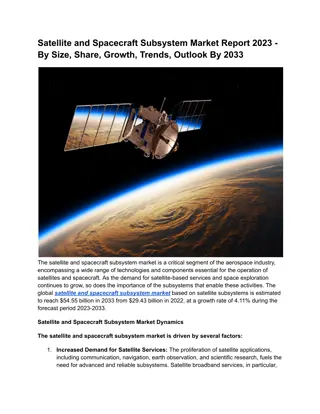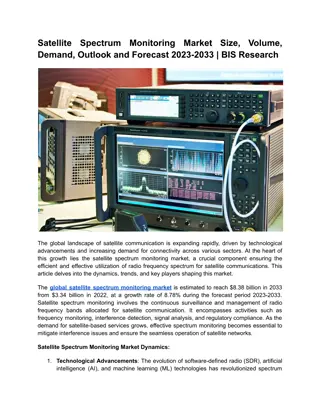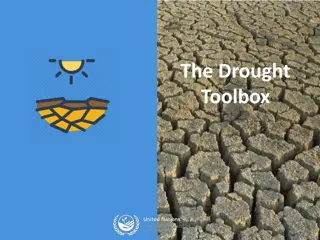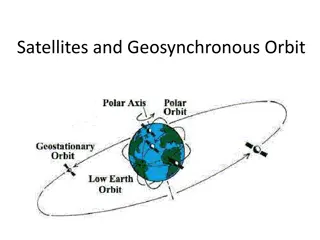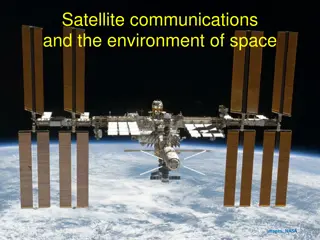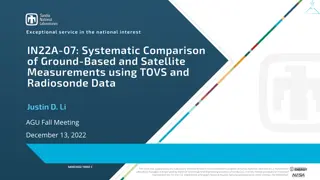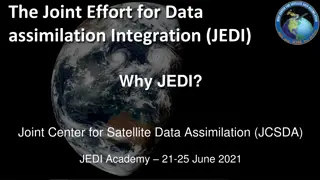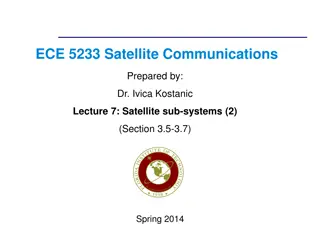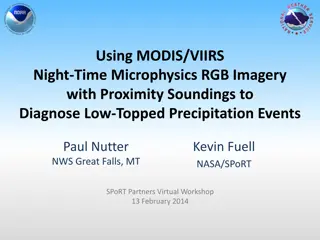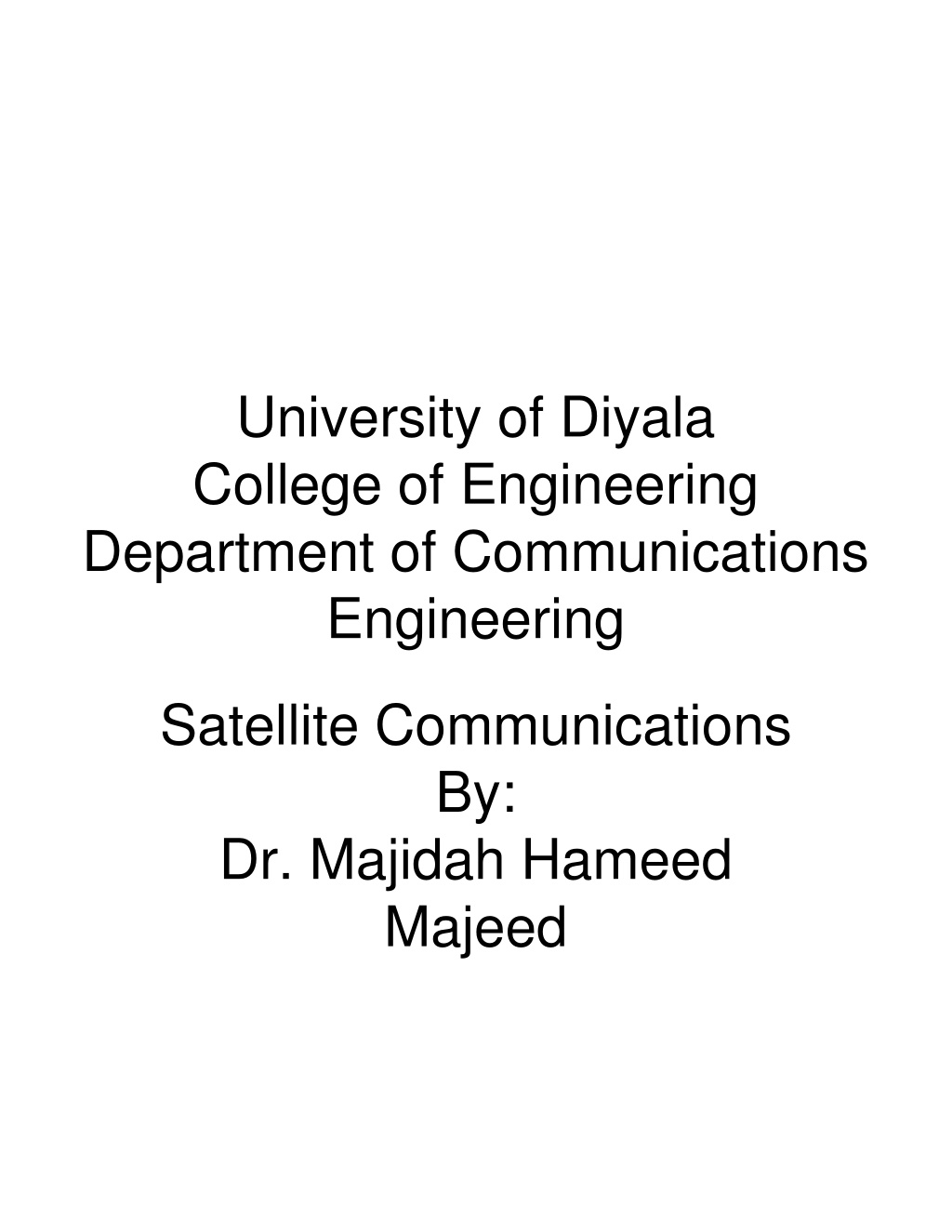
Satellite Communications and Subsystems Overview
Discover a comprehensive overview of satellite communications and subsystems, covering the space and ground segments, satellite components, payload equipment, power systems, and more. Explore how satellite systems relay information between users through ground terminals, with a focus on transponders, antennas, and essential satellite functions.
Download Presentation

Please find below an Image/Link to download the presentation.
The content on the website is provided AS IS for your information and personal use only. It may not be sold, licensed, or shared on other websites without obtaining consent from the author. If you encounter any issues during the download, it is possible that the publisher has removed the file from their server.
You are allowed to download the files provided on this website for personal or commercial use, subject to the condition that they are used lawfully. All files are the property of their respective owners.
The content on the website is provided AS IS for your information and personal use only. It may not be sold, licensed, or shared on other websites without obtaining consent from the author.
E N D
Presentation Transcript
University of Diyala College of Engineering Department of Communications Engineering Satellite Communications By: Dr. Majidah Hameed Majeed
Chapter 3 Satellite Subsystems Note add additional section 3.1 Introductions: Asatellite communications system can be broadly divided into two segments, a ground segment and a space segment. The space segment will obviously include the satellites, but it also includes the ground facilities needed to keep the satellites operational, these being referred to as the tracking, telemetry, and command (TT&C) facilities. In many networks it is common practice to employ a ground station solely for the purpose of TT&C. fig 3.1 shows the Satellite Subsystems Satellite Subsystems fig 3.1 An operating communications satellite system consists of several elements or segments, ranging from an orbital configuration of space components to ground based components and network elements. 3
The basic system consists of a satellite (or satellites) in space, relaying information between two or more users through ground terminals and the satellite. The information relayed may be voice, data, video, or combination of the three. *The user information may require transmission via terrestrial means to connect with the ground terminal. * The satellite is controlled from the ground through a satellite control facility, often called the master control center (MCC), which provides tracking, telemetry, command, and monitoring functions for the system. 3.2 space segment The space segment equipment carried aboard the satellite can be classified under two functional areas: the bus and the payload, as shown in Figure 3.2. Figure 3.2. The bus refers to the basic satellite structure itself and the subsystems that support the satellite. The bus subsystems are: 4
* the physical structure, * power subsystem, * attitude and orbital control subsystem, * thermal control subsystem, *command and telemetry subsystem. The payload on a satellite is the equipment that provides the service or services intended for the satellite. A communications satellite payload consists of: *The communications equipment that provides the relay link between the up- and downlinks from the ground. *The communications payload can be further divided into: *The transponder *The antenna subsystems 1. *The electrical power for operating equipment on a communications satellite is Power Subsystem obtained primarily from solar cells. All satellite and spacecraft must also carry storage batteries to provide power during launch and during eclipse periods when sun blockage occurs. Apower conditioning unit is also included in the power subsystem, for the control of battery charging and for power regulation and monitoring. 2. The key elements of the payload portion of the space segment, is the Satellite Payload transponder and antenna subsystems 5
1. In a communications satellite, the equipment which provides the connecting link Transponder between the satellite s transmit and receive antennas is referred to as the transponder. The transponder forms one of the main sections of the payload, the other being the antenna subsystems. Communications data passes through a satellite using a signal path known as a transponder. There two types of transponder: *The frequency translation transponder *The on-board processing transponder a. Frequency Translation Transponder The frequency translation transponder, also referred to as a non-regenerative repeater, or bent pipe, *It receives the uplink signal and, after amplification, retransmits it with only a translation in carrier frequency Fig 3.3 *Frequency Translation Transponder, also called Repeater Non-Regenerative Satellite Bent Pipe *Uplinks and downlinks are codependent 6
*From the Fig.3.3 its clear that uplink radio frequency,fup is converted to an intermediate lower frequency, fif, amplified, and then converted back up to the downlink RF frequency, fdwn, for transmission to earth *The uplinks and downlinks are codependent, meaning that any degradation introduced on the uplink will be transferred to the downlink, affecting the total communications link 3.2.2.2 On-board Processing Transponder *The on-board processing transponder, called a regenerative repeater demod / remod transponder, or smart satellite. *The uplink signal at fup is demodulated to fbaseband *The baseband signal is available for processing on- board, including reformatting and error-correction Fig 3.4 *The baseband information is then remodulated to the downlink carrier at fdwn, after final amplification, transmitted to the ground. 7
*The demodulation/remodulation process removes uplink noise and interference from the downlink, while allowing additional on-board processing to be accomplished. *Thus the uplinks and downlinks are independent with respect to evaluation of overall link performance, unlike the frequency translation transponder 3.3 Transponders plan A transponder is the series of interconnected units which forms a single communications channel between the receive and transmit antennas in a communications satellite as shown in fig 3.5. Typically satellites have between 24 and 72 transponders.A single transponder is capable of handling up to 155 million bits of information per second. With this immense capacity, today's communication satellites are an ideal medium for transmitting and receiving almost any kind of content - from simple voice or data to the most complex and bandwidth-intensive video, audio and Internet content. The bandwidth allocated for C band service is 500 MHz, and this is divided into sub-bands, one for each transponder. A typical transponder bandwidth is 36 MHz, and allowing for a 4-MHz guard band between transponders. 12 such transponders can be accommodated in the 500-MHz bandwidth. By making use of polarization isolation, this number can be doubled. Wideband components (like the antenna and wideband receiver) are shared by a group of transponders Each transponder has its own input filter to separate out the particular 36 MHz of bandwidth that is allocated to it 8
Figure 3.5. The first stage in the transparent repeater is the wideband receiver. The low noise amplifier (LNA) at the input is designed to amplify the extremely weak uplink signal (typically a few hundred pico watts) while minimizing its own contribution to noise. This is important because the first component in a cascade has the greatest effect on the noise of the entire system. The gain of the lownoise amplifier is typically 20 to 40 dB. The undesired frequencies are filtered out at a later stage. In most repeaters, the uplink frequency fup is higher than the downlink frequency fdown 9
This is desirable because the directivity of an antenna increases as the frequency increases. High directivity is important at the uplink earth station in order to direct as much power as possible toward the satellite. High directivity is often not required on the downlink; in fact, a wide footprint is often desirable. Fig 3.6 shows a repeater section of the payload, showing the elements of six transponders. A transponder includes a share of the uplink and downlink antennas and of the wideband receiver. It consists of A numbered input filter (such as 9-K), A pre-amplifier, called a driver/limiter/amplifier (DLA) An output amplifier A numbered output filter. Fig 3.6 3.2.3 Antennas *The antenna systems on the spacecraft are used for transmitting and receiving the RF signals that comprise the space links of the communications channels *The most important parameters that define the performance of an antenna are: 1 0
Antenna gain, Antenna beamwidth, Antenna sidelobes Most satellite communications applications require an antenna to be highly directional high gain, narrow beam width ,negligibly small side lobes *The common types of antennas used in satellite systems are : The linear dipole, The horn antenna, The parabolic reflector, The array antenna. Fig 3.7 1 1

